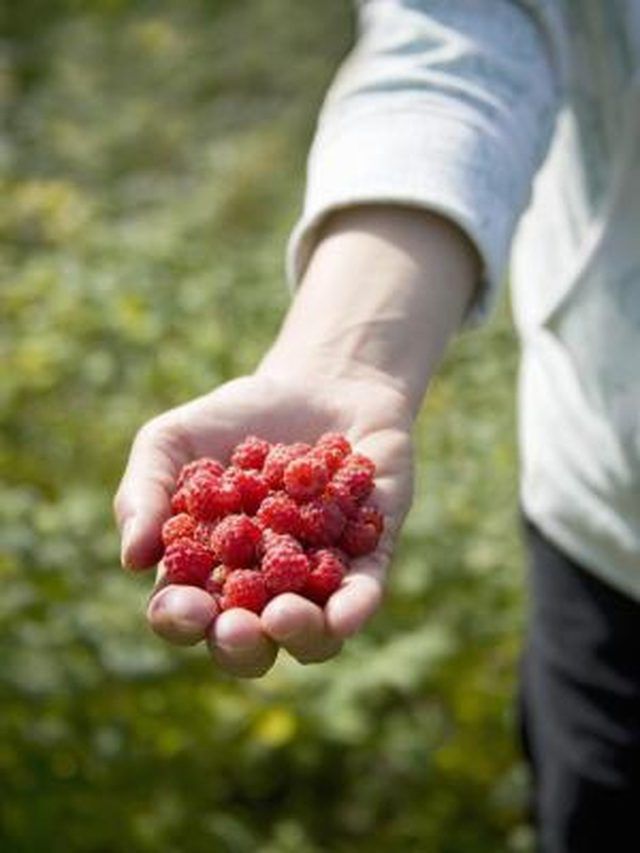Bulbs
Flower Basics
Flower Beds & Specialty Gardens
Flower Garden
Garden Furniture
Garden Gnomes
Garden Seeds
Garden Sheds
Garden Statues
Garden Tools & Supplies
Gardening Basics
Green & Organic
Groundcovers & Vines
Growing Annuals
Growing Basil
Growing Beans
Growing Berries
Growing Blueberries
Growing Cactus
Growing Corn
Growing Cotton
Growing Edibles
Growing Flowers
Growing Garlic
Growing Grapes
Growing Grass
Growing Herbs
Growing Jasmine
Growing Mint
Growing Mushrooms
Orchids
Growing Peanuts
Growing Perennials
Growing Plants
Growing Rosemary
Growing Roses
Growing Strawberries
Growing Sunflowers
Growing Thyme
Growing Tomatoes
Growing Tulips
Growing Vegetables
Herb Basics
Herb Garden
Indoor Growing
Landscaping Basics
Landscaping Patios
Landscaping Plants
Landscaping Shrubs
Landscaping Trees
Landscaping Walks & Pathways
Lawn Basics
Lawn Maintenance
Lawn Mowers
Lawn Ornaments
Lawn Planting
Lawn Tools
Outdoor Growing
Overall Landscape Planning
Pests, Weeds & Problems
Plant Basics
Rock Garden
Rose Garden
Shrubs
Soil
Specialty Gardens
Trees
Vegetable Garden
Yard Maintenance
The Best Soil for Raspberry Plants
The Best Soil for Raspberry Plants. Raspberry bushes may grow and adapt to nearly any type of soil as long as the soil drains well. These berry plants produce best when planted in deep, sandy loam, a fertile soil that holds onto moisture but does not stay soggy.

Raspberry bushes may grow and adapt to nearly any type of soil as long as the soil drains well. These berry plants produce best when planted in deep, sandy loam, a fertile soil that holds onto moisture but does not stay soggy.
Considerations
The soil with the ideal acidity level for raspberry plants is that with a pH of 5.8 to 6.5. Always test the pH level of the soil before changing the acidity. It is possible to create a soil that is too acidic or too alkaline for raspberry bushes.
Benefits
Raspberry plants enjoy plenty of organic material mixed into the soil. Work at least 1 inch of organic matter into the top 4 to 6 inches of the soil before planting. Organic materials that are suitable include lawn clippings, rotten leaves or animal manure.
Significance
Improve the soil fertility before planting by adding slow-release fertilizer in the top 6 inches of the soil. Use 3 pounds of 10-10-10 fertilizer for every 100 square feet of planting area and immediately water the fertilizer into the soil.